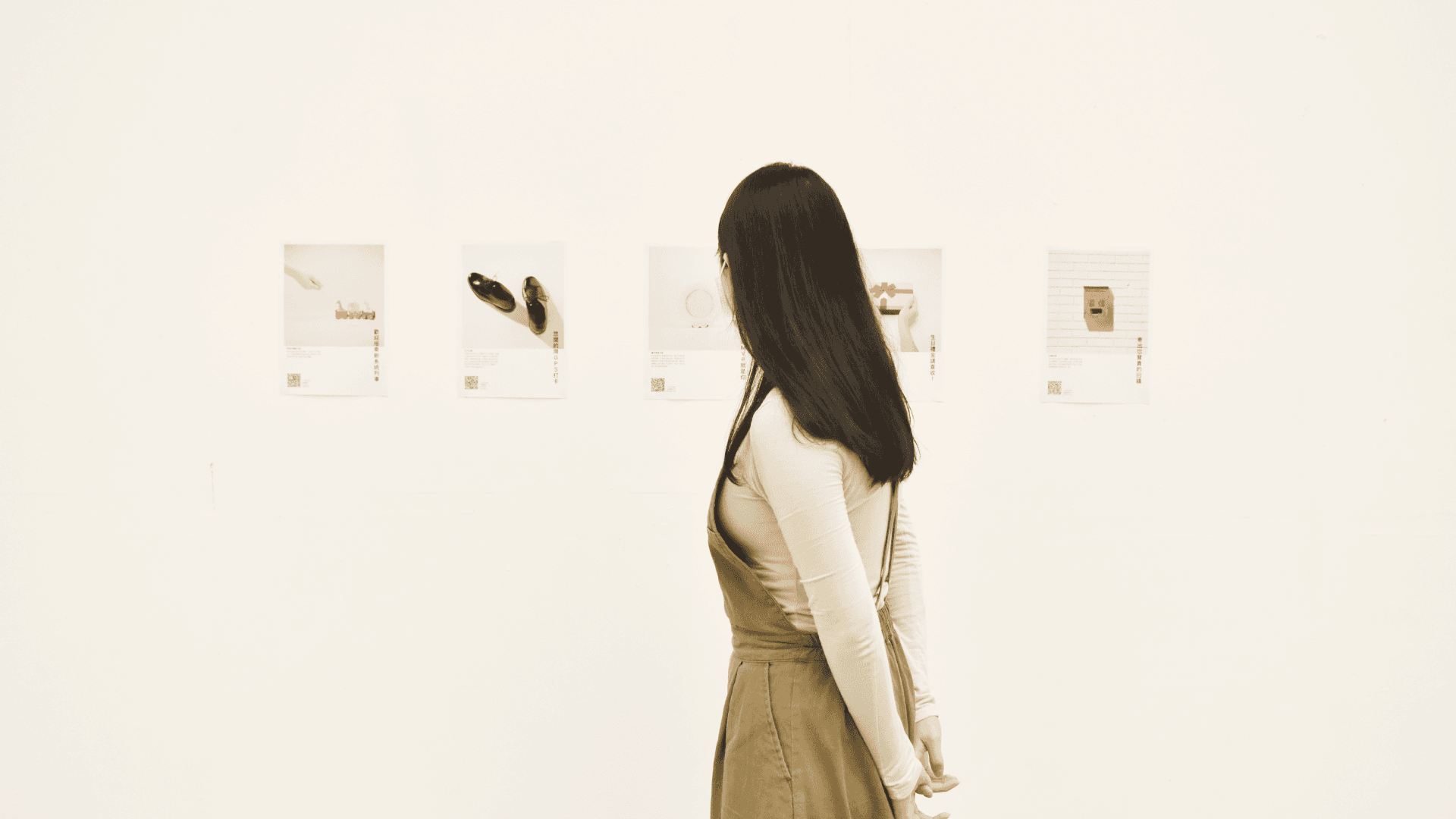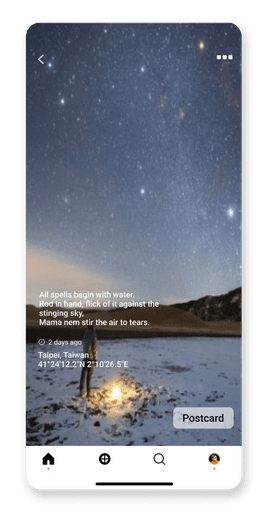CTBC Bank
HRIS Permanant Exhibition
Internal marketing of new HRIS service

Partner
Human Resource Department of CTBC Bank
My role
Project lead
ProductDesign
Duration
16 weeks
Team
Mei Kuen Liu(UX research/design)
Yu Lun Chang (UX research/visual design)
Summary
Internal marketing service design to help employees transition into a new HRIS system
The HR information system(HRIS) permanent exhibition is a service design that assists HR colleagues conduct internal marketing of the new HRIS system that supports 152 local and overseas branches. The aim is to understand the difficulties employees might face during the transition to the new system, and help reduce thresholds of adapting to the new system.
My role
I was Project lead of a 3 person design team during this case study. I led research planning, objectives outlining, usability testing, and designed low-fi and mid-fi interfaces for demonstration.
Impact
90% employees tested completed the onboarding tutorial
The service was tested with 150+ employees across 5 departments, successfully reached 90% completion rate of the new HRIS system onboarding tutorial during testing.

Background
Transitioning into the new system
After implementing the new HRIS system domestically and internationally, overseas branches reliant on paper-based operations and Taiwanese employees accustomed to the old system face challenges transitioning to the updated HRIS system.
HMW lessen the physical and mental thresholds of transitioning to new HRIS systems, and increase engagement for employees?

Design solution
The HRIS permanent exhibition
The HRIS permanent exhibition introduces a series of interactive poster designs set throughout the working space. Featuring hands-on tutorials that guides employees through their learning process. Acting as a medium of internal marketing to promote information and learnings of the new HRIS system.

Promotion Poster

Hands-on tutorial

Reward system
01
Setup interactive posters
HR department positions event posters in high-traffic areas like company corridors, break rooms, and lounges.


02
Event Announcement & Introduction
Seed staff announces the permanant exhibition during the morning meetings, sparking curiosity and participation among the staff.
03
Encountering Posters
Employees have the opportunity to to immerse themselves in posters positioned throughout different areas of the company at their own convenience and pace.


04
Hands-on tutorials
Scan the QR code on the poster to access simulated tutorials of the new HRIS system, simplifying complex instructions and reducing the learning curve.
05
Spreading the event through discussion
The design of interactive posters adds novelty to the process of learning the new system, enhancing employees' motivation to learn.


06
Hands-on online tutorial resources
To ensure employees' completion of learning, the HR department will also send complete tutorials to employees' mailboxes.
07
Event milestones
The HR department rewards employees who completed the event's activities, encouraging their participation.

User Interview
The purpose of HRIS system spans from daily check-ins to annual performance evaluations
From supervisory to non-supervisory roles within Chinatrust, we conducted interviews spanning across 5 departments and involved more than 12 colleagues. We aim to understand how the HR system impacts employees' daily lives and what value it holds for the employees.
Interview Objectives
Understanding the interviewees' positions and work experience at Chinatrust Bank.
Internal communication channels for human resource data.
Contextual and functional analysis of the original HRIS system.
Expectations and envision of the new system.

Empathy mapping interview data and extracting underlying needs
Key Insight
Employees lack internal and external motivations to efficiently update the HRIS system.
Based on the findings from user interview analysis, we identified the main insights in this design problem:
⌛
Calculating process is time-consuming and labor intensive
Many organizations have more than one factory units. Currently, most data collection are still done manually, which is even more troublesome when an error is detected and needs to be tracked.
🔍
Searching for historical data is like searching for a needle in hay
When generating annual data reports, it takes a lot of time to pull out specific historic data and/or insights.
📝
Complicated report standards
Managers need to search for data and customize into various forms of reports that meets the needs of different GHG protocols.
Stakeholder mapping
Connecting the dots between all possible users
We utilized stakeholder mapping to illustrate the relative relationships and value exchanges among the employees and HRIS system.

Empathy mapping interview data and extracting underlying needs
Through stakeholder mapping, we discovered that the HRIS system engages closely with the employee's working performance and relationships with other colleagues. We extracted the needs of the three main target audiences during the transition to the new system:

HR team members
Time/Energy efficient promotion methods.
Obtaining feedback easily and effortlessly.

Seed staff
Efficient communication of learning instructions towards employees.
Organize questions and feedbacks clearly.

General workers
Straightforward learning methods.
Flexible learning schedule.
Increase learning motivation.
Persona
So where should we start?
After we gained a clear understanding of how the system interacts with employees in various positions and work contexts, we identified that seed staffs are crucial connectors between the HR department and general colleagues, serving as a pivotal point for internal marketing of the new HRIS system. Thus, we have defined them as the core user for this service design.

User Journey Mapping
We mapped out pain points and design values onto the user journey map, identifying 4 "critical moments" when the HRIS system plays a vital role in employee's experience in the company.


Relocating position
-
Modifying daily check-ins
-
End of the year evaluations
-
Collaborative co-creation workshop
Merging design with industry demands
At this stage, we developed potential design ideas with the collaboration of our actual users. This also provides a deeper understanding of how users perceive our surveys and research, allowing us to make adjustments to our previous ideas to better align them with real-life situations.
Prototyping
Bringing the design to life
Through stakeholder mapping, we gained a clear understanding of how the system interacts with employees in various positions and work contexts. We identified that seed staffs are crucial connectors between the HR department and general colleagues, serving as a pivotal point for internal marketing of the new HRIS system. Thus, we have defined them as the core user for this service design.
Interactive poster
We mapped pain points and design values onto the user journey map, identifying design opportunities from the "key moments" that causes fluctuations in user emotions and various service "touchpoints." This approach allows us identify design opportunities, ensuring that all user needs are addressed, pain points are alleviated, and unnecessary features are avoided.

Hands-on tutorial
We've presented the idea of simplified the complex system learning into step-by-step interfaces focusing on key functions. By scanning the QR code on the poster, employees can easily learn the new system through practical operations, reducing transition challenges.





Milestone reward system
Through our research insights, we learned that by implementing a milestone reward into the service design not only fosters a sense of achievement, but also contributes to heightening user satisfaction, fostering loyalty and reducing attrition rates. Furthermore, guide users to explore various system functionalities, thereby enhancing their comprehensive understanding of the service.





